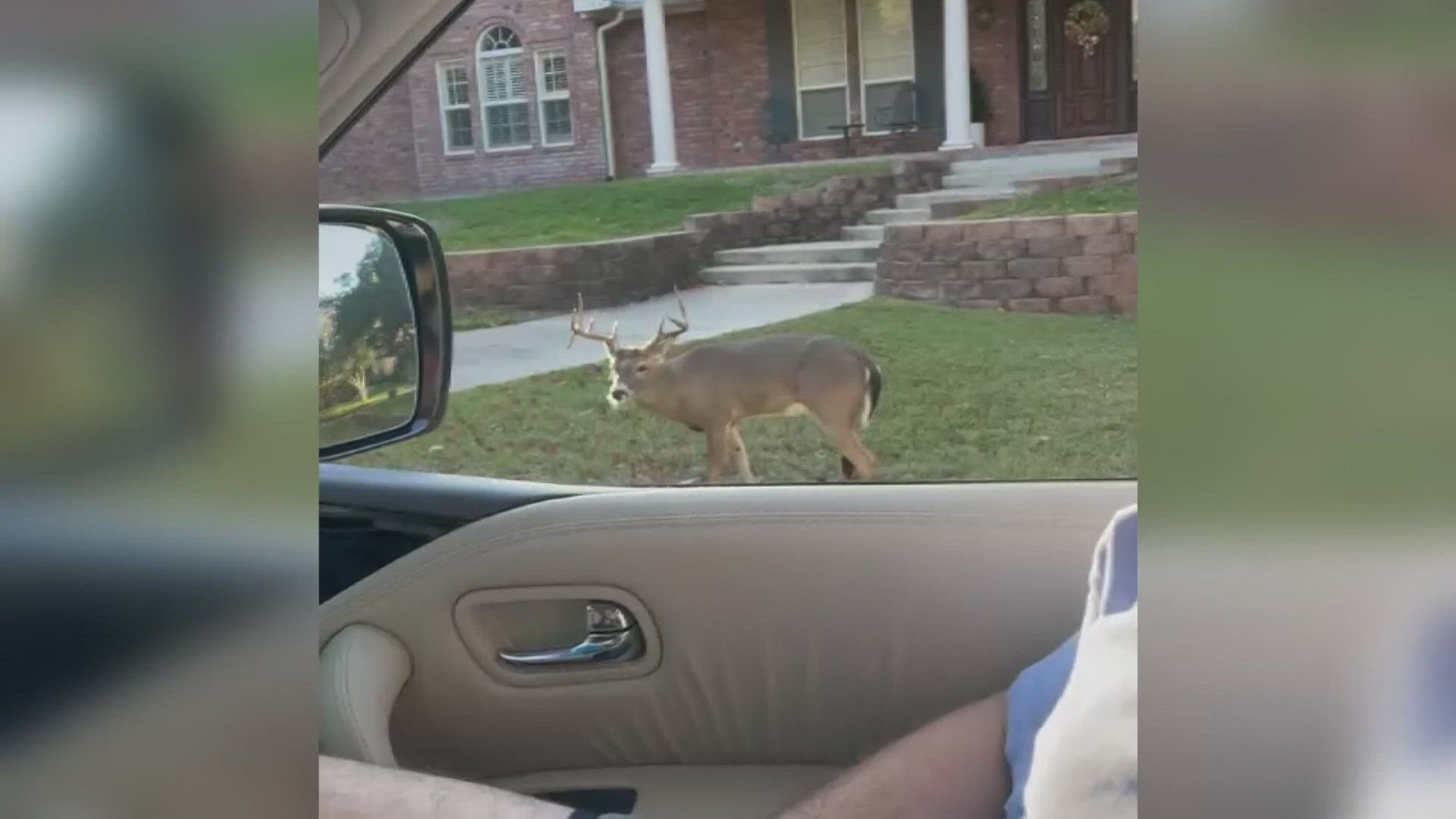TEXAS, USA — Deer are on the move across the Lone Star State and among them is something deadly.
Dr. J Hunter Reed, a wildlife veterinarian for the Texas Parks and Wildlife Department (TPWD), is one of the many people working to eliminate chronic wasting disease (CWD) amongst Texas deer.
"We certainly have more CWD detected today than we did just five years ago," Reed explained.
Reed says around 80% of deer that are testing positive are in captive deer breeding facilities. However, it can be a threat to free-ranging deer too. He told 6 News that 13 facilities across the state have had cases in the last year, leaving TPWD to depopulate those areas.
"Really what the department is focused on is we're trying to reduce the transmission of that disease and really trying to keep the welfare of all Texas deer in mind," Reed added. "That's really our first priority here."
CWD is caused by misfolded proteins and can be deadly. It leads to neurological damage, which also mean it can be hard to detect.
"The average deer with chronic wasting disease most the times look perfectly normal," Reed said. "This disease has a very long incubation period, can sometimes be between 18 and 24 months. It's just in those very end stages where you might be able to see clinical signs that are more indicative of what we associate with chronic wasting disease."
Those symptoms could include emaciation, incoordination and a "stargazing kind of look."
With deer hunting season in full swing, and more hunters harvesting, TPWD is urging for more testing and surveillance to keep you safe as well as the deer population.
"It seems to be something that people across the state are worried about," Reed said.
To find out more about CWD and if there are cases in the areas you like to hunt, click here.

